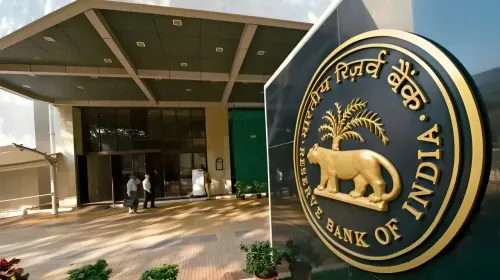How Will the Revised CGHS Rate Structure Impact Healthcare Access?

Synopsis
Key Takeaways
- The CGHS rate structure has been revised for the first time in 15 years.
- Over 40 lakh beneficiaries will gain improved healthcare access.
- Approximately 2,000 medical procedures will be included under the new rates.
- A tiered system will differentiate between various types of healthcare facilities.
- Super-specialty hospitals will receive additional compensation to reflect their services.
New Delhi, Oct 7 (NationPress) The updated Central Government Health Scheme (CGHS) rate structure, marking the first change in 15 years, is set to enhance healthcare infrastructure and provide access to quality care for over 4 million CGHS beneficiaries across the nation, as reported on Tuesday.
Starting from October 13, the new rates will encompass around 2,000 medical procedures, including MRI, mammography, and laparotomy (a type of abdominal surgery), among others.
"This initiative responds to the enduring request from private healthcare providers to adjust pricing for scheme patients due to escalating medical costs," stated a report by Emkay Global Financial Services.
According to the ratings agency ICRA, "the revision signifies a positive change for hospital companies catering to patients under this scheme."
The revised policy implements a tiered rate card system that differentiates between NABH-accredited and non-NABH-accredited facilities, taking into account super-specialty hospitals with over 200 beds, as well as hospitals located in tier-2 and tier-3 cities.
"This framework aims to align reimbursement rates more closely with the actual costs incurred by hospitals," ICRA added.
The adjustments will also allow super-specialty and NABH-accredited hospitals to achieve higher earnings while addressing the cost variations between major urban centers and smaller towns.
Super-specialty hospitals with over 200 beds will receive a 15% premium over NABH-accredited hospitals (base rate), while the non-NABH hospitals will receive 15% less than the base rate.
This change is expected to facilitate beneficiaries in receiving treatment at some of the leading hospitals, which were previously hard to access due to lower rates.
Specific procedures in fields such as nephrology, obstetrics, urology, and gastroenterology, which were once unfeasible for private operators, may now become viable due to considerable rate increases.
"This should reinforce healthcare infrastructure, thereby improving access to quality healthcare for the general populace, and in turn foster volume growth in the long run," Emkay Global stated.
“While the increase in the CGHS rate card is a positive development, a primary concern remains the lengthy receivable cycle under government schemes like CGHS, in contrast to other payer categories, such as cash-paying patients, international patients, or those covered by insurance," ICRA remarked.









